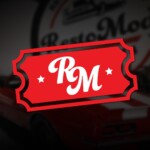From Birth To Bulllitt: A Brief History Of The First-Gen Ford Mustang
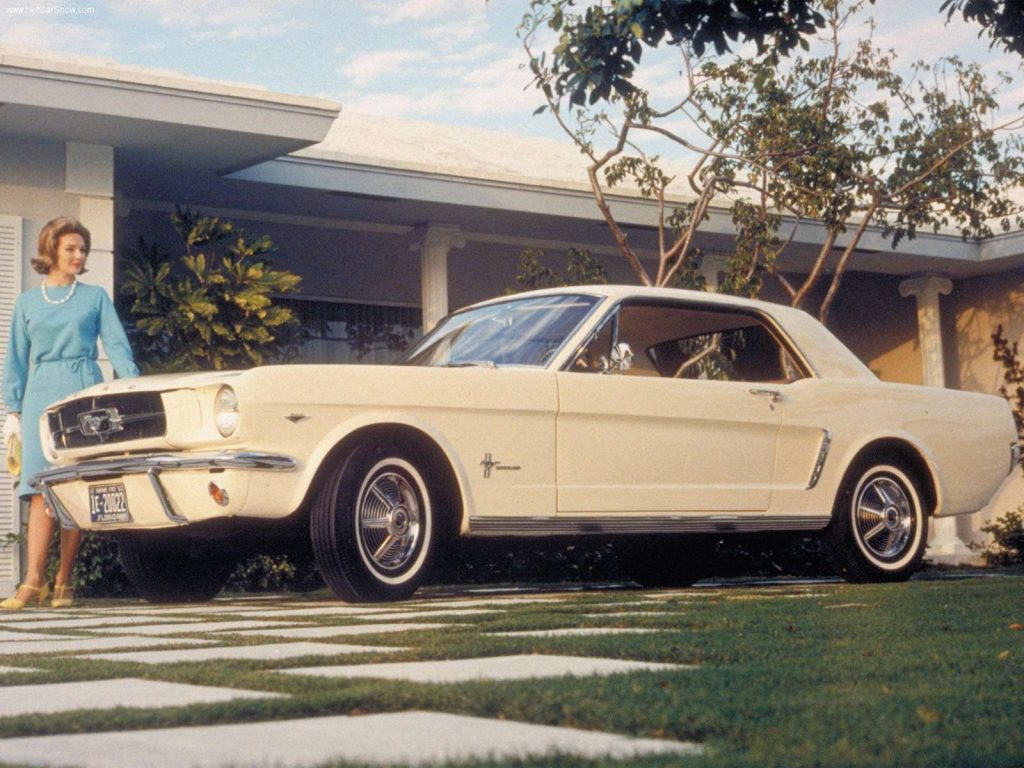
The first-generation Mustang started something special. Put aside your allegiance in the Ford-Chevy rivalry for a moment, and just take a look at the facts. The Ford Mustang started the “pony car” trend which would see countless imitators and enthusiastically break sales records. In this new series, I’m going to take a look at a car’s history, from conception to the end of production, and end with a selection of some of the best restomods of that particular machine. With the Mustang still being exceptionally popular, I couldn’t think of anywhere better to start.

To understand the idea of the pony car, we’ve got to go back to the Ford Thunderbird. Encapsulated in the popular imagination as a huge, finned luxury car, it’s up there with the pink Cadillac Fleetwood as a classic piece of Americana. It wasn’t always like this, though. The original Thunderbird, produced for just two short years from 1955-1957 was a small two-seater, which sold like hot cakes in comparison to its main rival, the Corvette. In 1955, 16,155 Thunderbirds were sold, with just 700 Corvettes being sold that year. Then, in 1957, the Thunderbird got a redesign. The T-bird was stretched and had two more seats added, in an attempt to boost sales. Boy, did it. From 1958-1960, over 200,000 of the cars get sold, but there was something missing. People wanted their smaller, sporty cars back, so Ford got to work on what would become the Mustang.
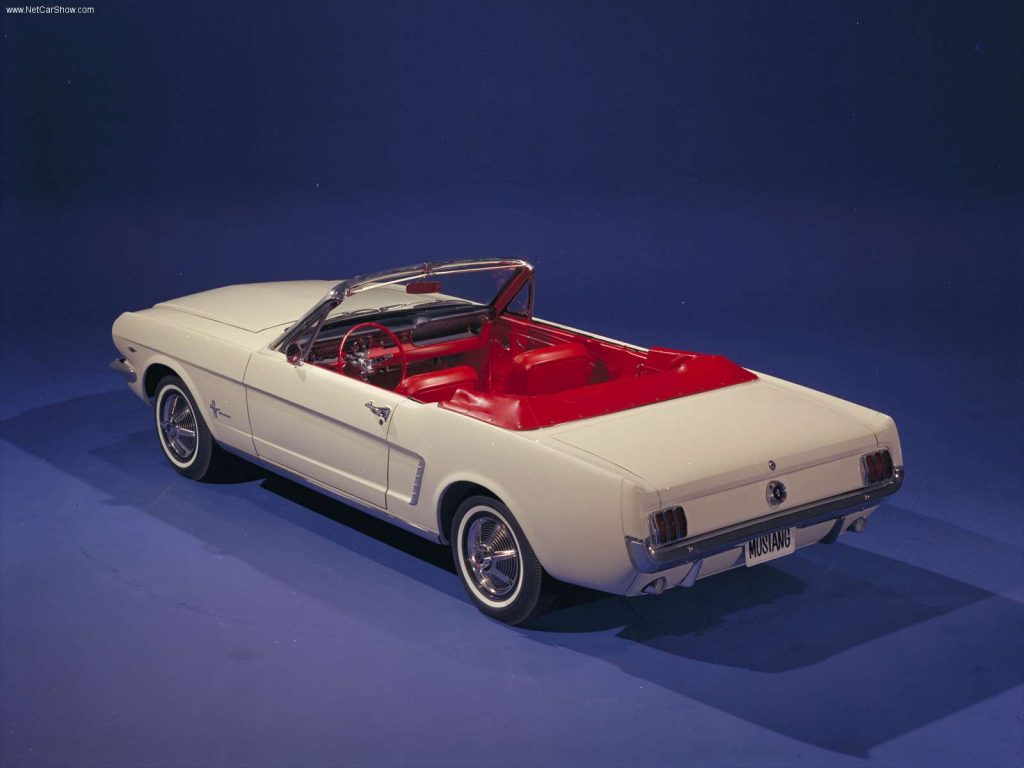
In 1961, the parameters for the pony car were set by Lee Iacocca, then general manager of the Ford Division. The car would seat four, be fitted with bucket seats, be no longer than 180 inches, no heavier than 2500 lbs, have a floor mounted shifter, and cost no more than $2500. In 18 months, from September 1962 to March 1964, the car would be developed into the first-gen Mustang we know and love. Three design studios: Ford, Lincoln-Mercury, and Advanced Design were asked to create design proposals, with the Lincoln-Mercury proposal winning out. The project’s design chief, Joe Oros, said he wanted the car to have universal appeal, and to look different from the other cars coming out of Detroit.
“I told the team that I wanted the car to appeal to women, but I wanted men to desire it, too. I wanted a Ferrari-like front end, the motif centered on the front — something heavy-looking like a Maseratti [sic], but, please, not a trident — and I wanted air intakes on the side to cool the rear brakes. I said it should be as sporty as possible and look like it was related to European design.”
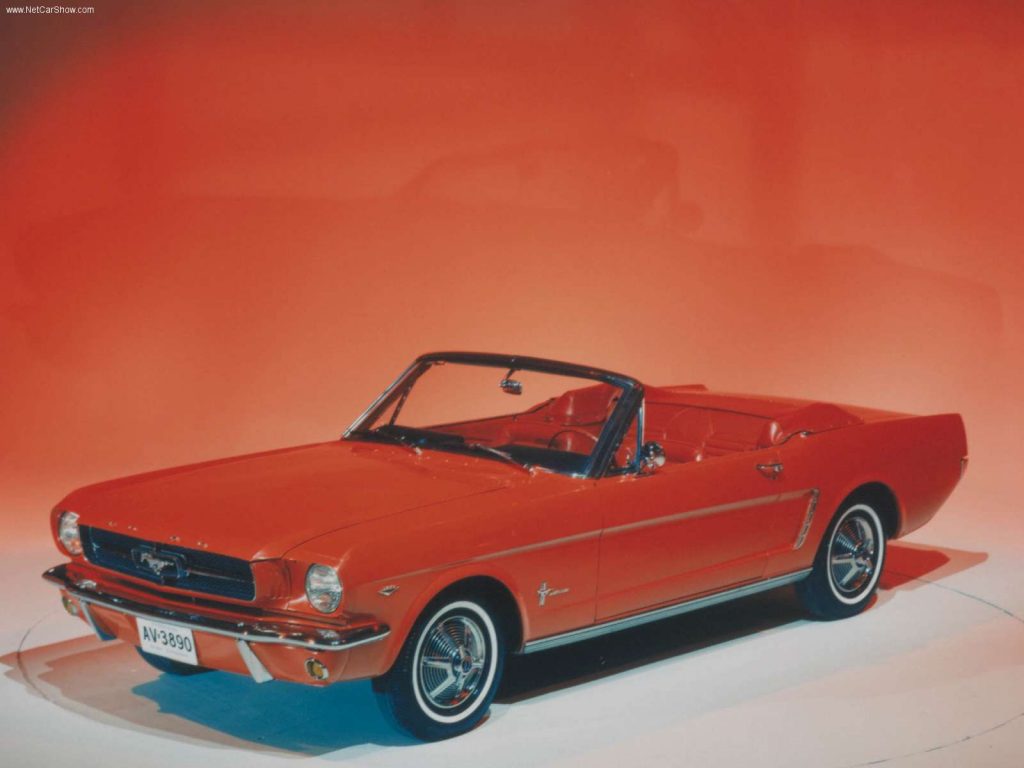
To keep the costs down, the Mustang used a hodgepodge of parts from existing Ford models. The Ford Falcon (whose Sprint trim was to end up being killed by Mustang sales) and the Fairlane supplied the chassis, suspension and some of the drivetrain, and the base model used a straight-six, making it weigh in at 2570 lbs. The V8 models tipped the scales at around 3000 lbs.

The first-gen Mustang had quite a few engineering firsts in its construction, including its floating bumpers and the torque box, a square box made of sheet metal which keeps the inner frame rails and inner rocker panels together. It went against established engineering wisdom, gaining warnings from Ford engineers, but according to designer Gale Halderman, everyone liked it too much to care.
“There were so many things the engineers said we shouldn’t be doing, but they didn’t want to change them either. There was so much enthusiasm right from the beginning. Even the drivers at the test track loved it. We would go there for meetings, and the crowds of people around it were huge. That was totally unusual, so we suspected the Mustang was going to be a hit.”
Production would begin in March 1964, with the cars rolling out just before the 1965 model year was to start. Despite this, the first cars came with 1965 VINs, and are known to Ford as 1965 Mustangs. In contrast to the more luxurious Thunderbird, standard equipment on the Mustang was barebones to keep costs down. Available as either a coupe or convertible, the standard Ford Mustangs came with adjustable seats, AM radio, and a floor-mounted shifter (as dictated by Iacocca.) Heavily advertized on TV, with commercials on ABC, CBS, and NBC, the car was an instant hit. 22,000 Mustangs were sold on the first day alone. After one year, that number had increased up to 418,812.

In 1965 proper, the legendary Mustang fastback came out, and with it several other changes to the model. The base 170 ci straight-six was boosted up to 200 ci amongst other engine switches, and an alternator and integral power steering reservoir were fitted. New interior options were also made available, with the “Pony Interior” adding armrests, woodgrain accents (for that European touch,) and new gauges. The GT model was also introduced in ’65, which brought with it disc brakes, dual exhaust, grille-mounted fogs and go-faster stripes. Little changed for the ’66 model, but the ’67 brought the car’s first major redesign.

The 1967 Ford Mustang got both taller and longer, allowing for the installation of a 390 ci big block which put out 320 horsepower. FMX transmission, power disc brakes, an overhead console, and the elongation of the Fastback’s roofline also came along with the redesign. Just short of 500,000 units were produced for 1967. The car would keep most of the same style for 1968, with the biggest change being the production of limited-edition models available only in certain regions, such as the California Special.

If you’ll allow me to digress, I want to talk about the Mustang’s most well-remembered movie moment, which came in the Steve McQueen classic Bullitt. The 1968 Ford Mustang Fastback, made famous for its role in that chase. Two cars were used for filming, with one sustaining a lot of punishment and subsequently going missing. What happened to it is unknown, but its thought that it may have ended up in a garage in Mexico.

In 1969, the car underwent its second major redesign, gaining several new cosmetic features such as quad headlights. The Fastback 2+2 was discontinued, and new, even more high-performance variants were introduced in the form of the Boss-engined variants. The biggest of these, the Mustang Boss 429, packed a huge Semi-Hemi 429 engine, which output over 500 horsepower, and was built for NASCAR. The Boss 429 also featured an outlandishly large hood scoop, racing mirrors, chromed Magnum 500 wheels, and several other cosmetic touches to make it suitably badass.
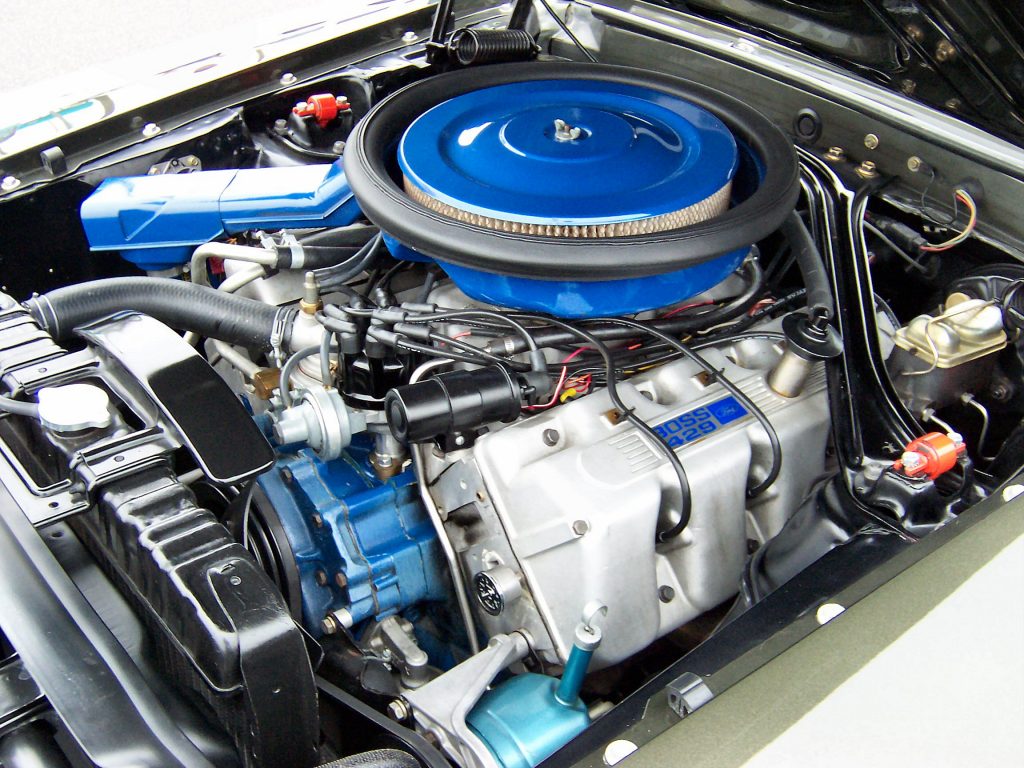
In 1970, the quad headlights were dropped and an oval steering wheel was fitted, with the 390 ci engine, introduced being dropped. Besides this and a few other engine changes, not a whole lot would change for 1970. The final major redesign of the Mustang came in 1971, which would last until the second-generation car was released in 1974. The ’71 model saw the car get even longer, gaining two more inches over the ’70 model. The Boss 429 was dropped, along with several other engines, replaced by a Boss 351, a 429, and the Ram Air 429. More chrome was added up front, the wipers were hidden from view by a new curved edge to the hood, and new brakelights were installed. Electric windows were introduced, as was a brand new instrument cluster. Little would change for 1972 and 1973, with the winds of change blowing through Ford, bringing with it the new Ford Mustang II.
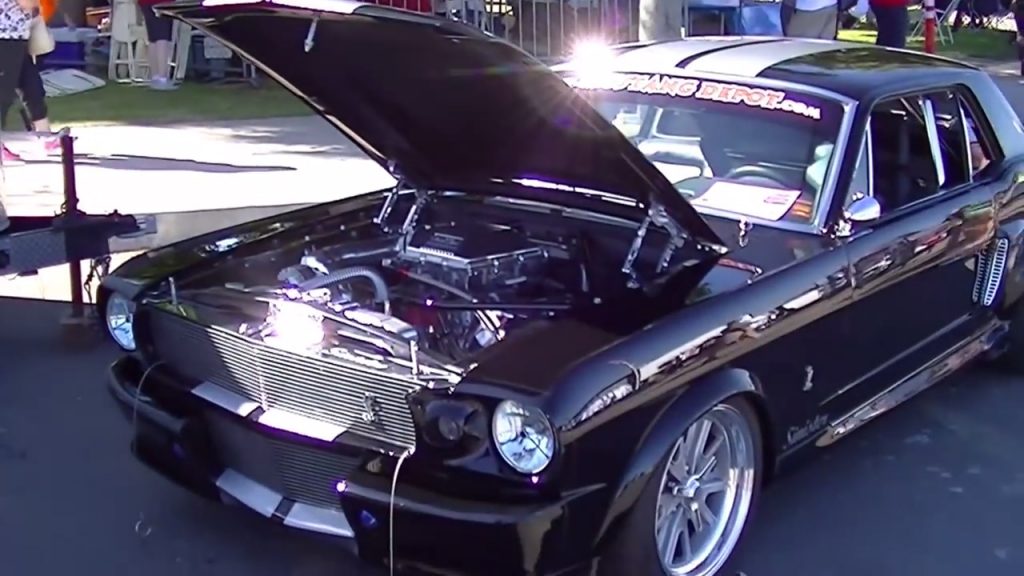
Now we get to the restomods. First off, there’s this 1965 Mustang restomod, nicknamed Sinister, owned by the proprietor of the company Mustang Depot, Jay, which has been fitted with their E2 bodykit, based around the style of the 1965 six.
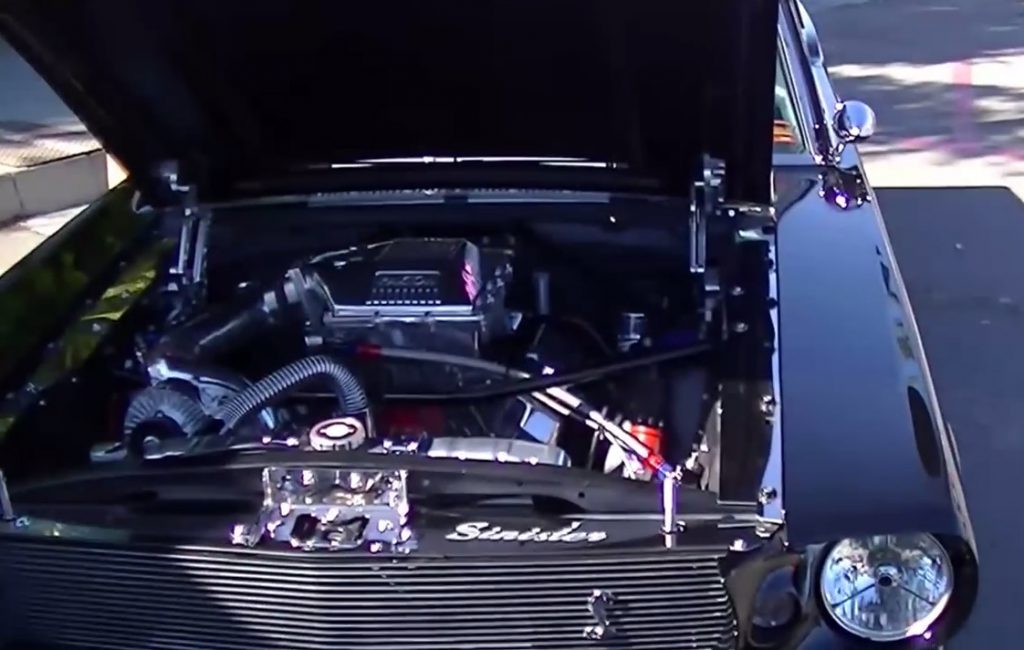
It’s also had a 347 Sportsman engine installed, which produces 700 horsepower. A five-speed TKO-600 transmission has been fitted, and the car rides on road-racing slicks.
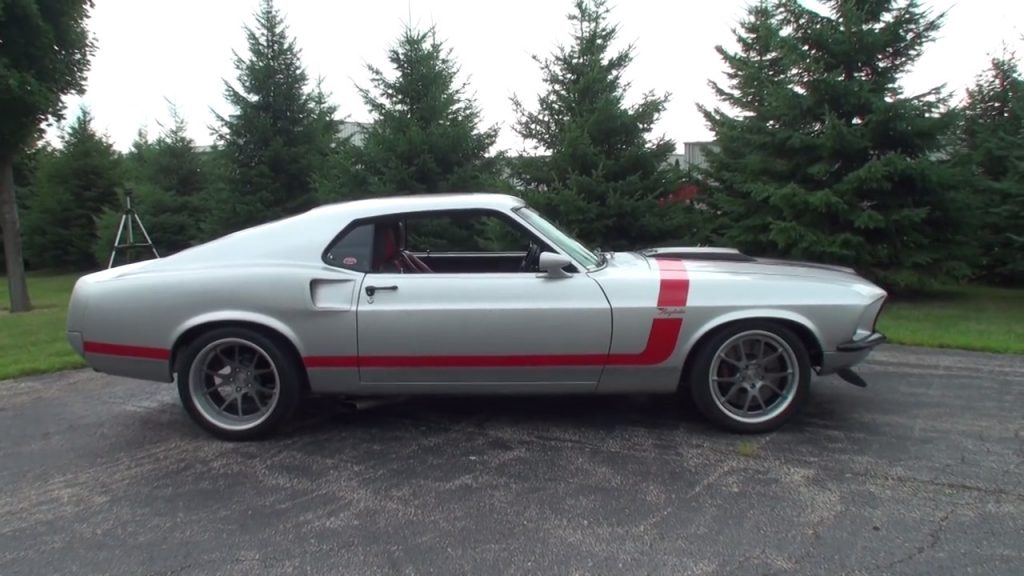
Then there’s this 1969 Fastback restomod, owned by Jeff Schwartz, of Woodstock, Illinois’ Schwartz Performance. Originally owned by an elderly woman from Palm Springs, it was a little beat up when it came to Jeff. Since then, 1400 man hours have gone into the car, producing an incredible bit of work. A custom red and black interior has been fitted, new Raybestos gauges have replaced those from the standard Mustang, and a Boss 302 Coyote engine has been fitted, putting out 480 horsepower.
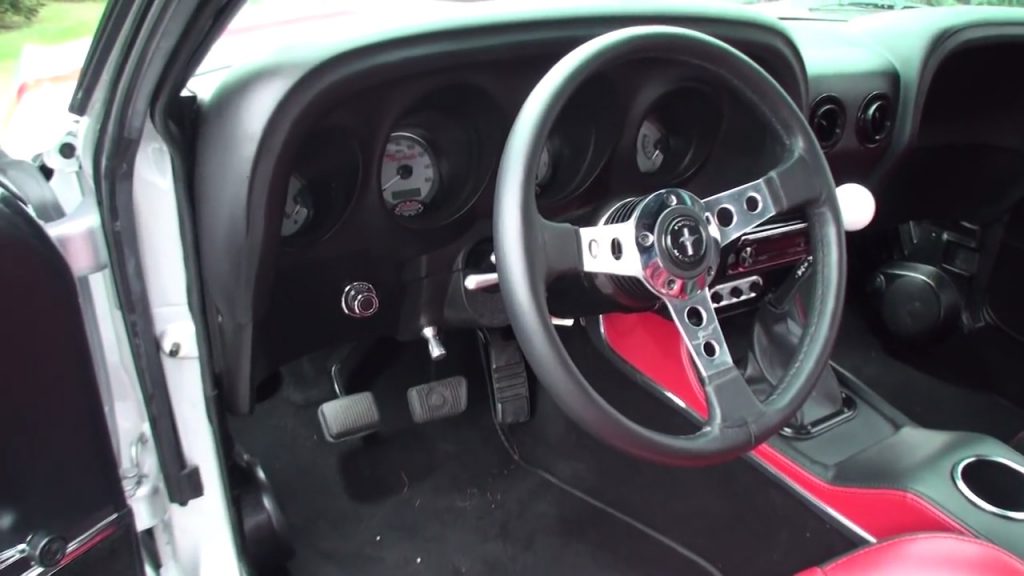
I hope you’ve enjoyed this trip through the first-generation Ford Mustang’s history. Next time, I’ll swing to the other side of the fence, and take a look at the story behind the Chevy Corvette.
Recent Posts
-
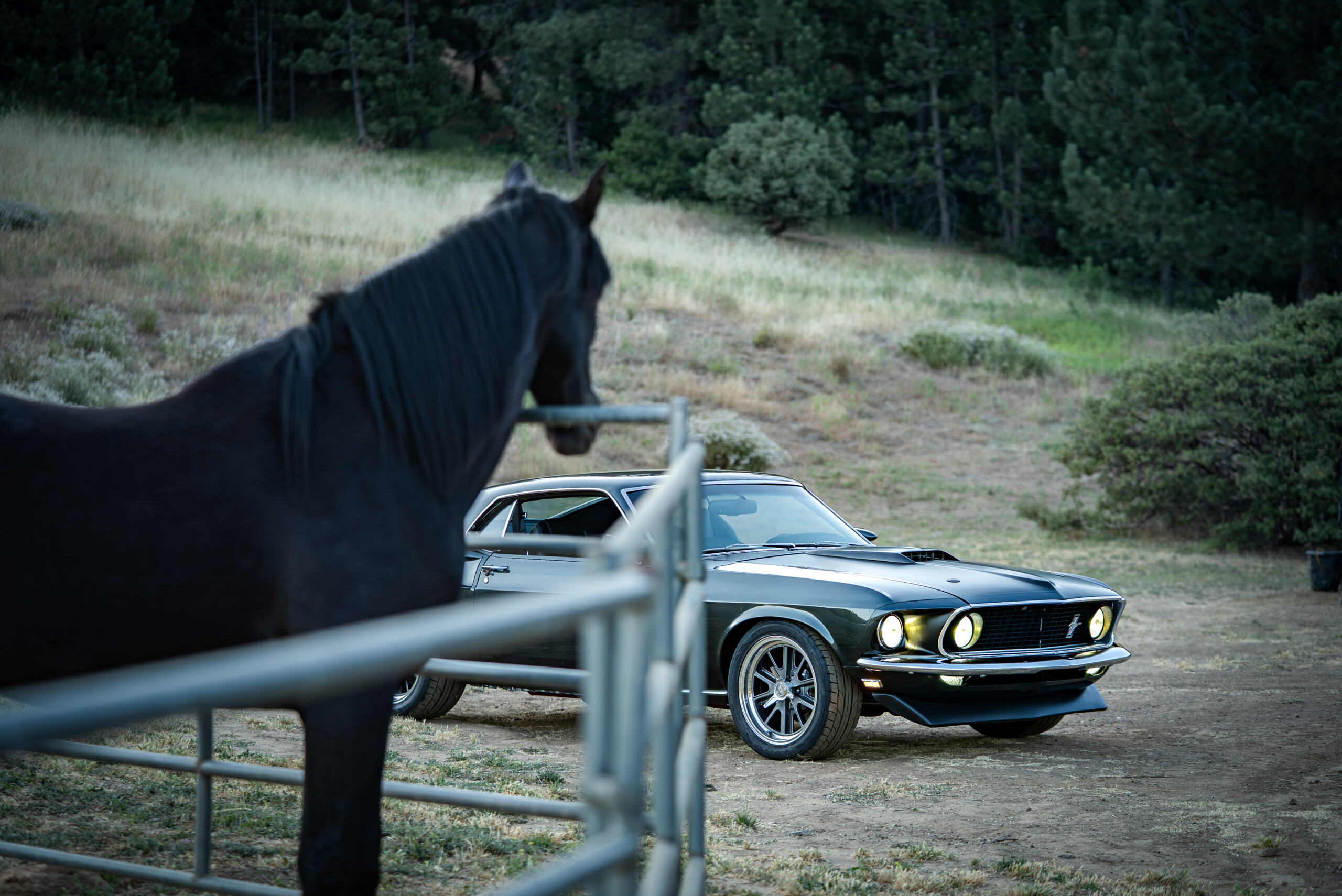
The RM32 Ford Fastback Mustang Build Breakdown
October 24, 2025The Ford Mustang: Historic Start The Ford Mustang is one of the most iconic muscle cars in American history, capturing the imagination of car enthusiasts…Read more -
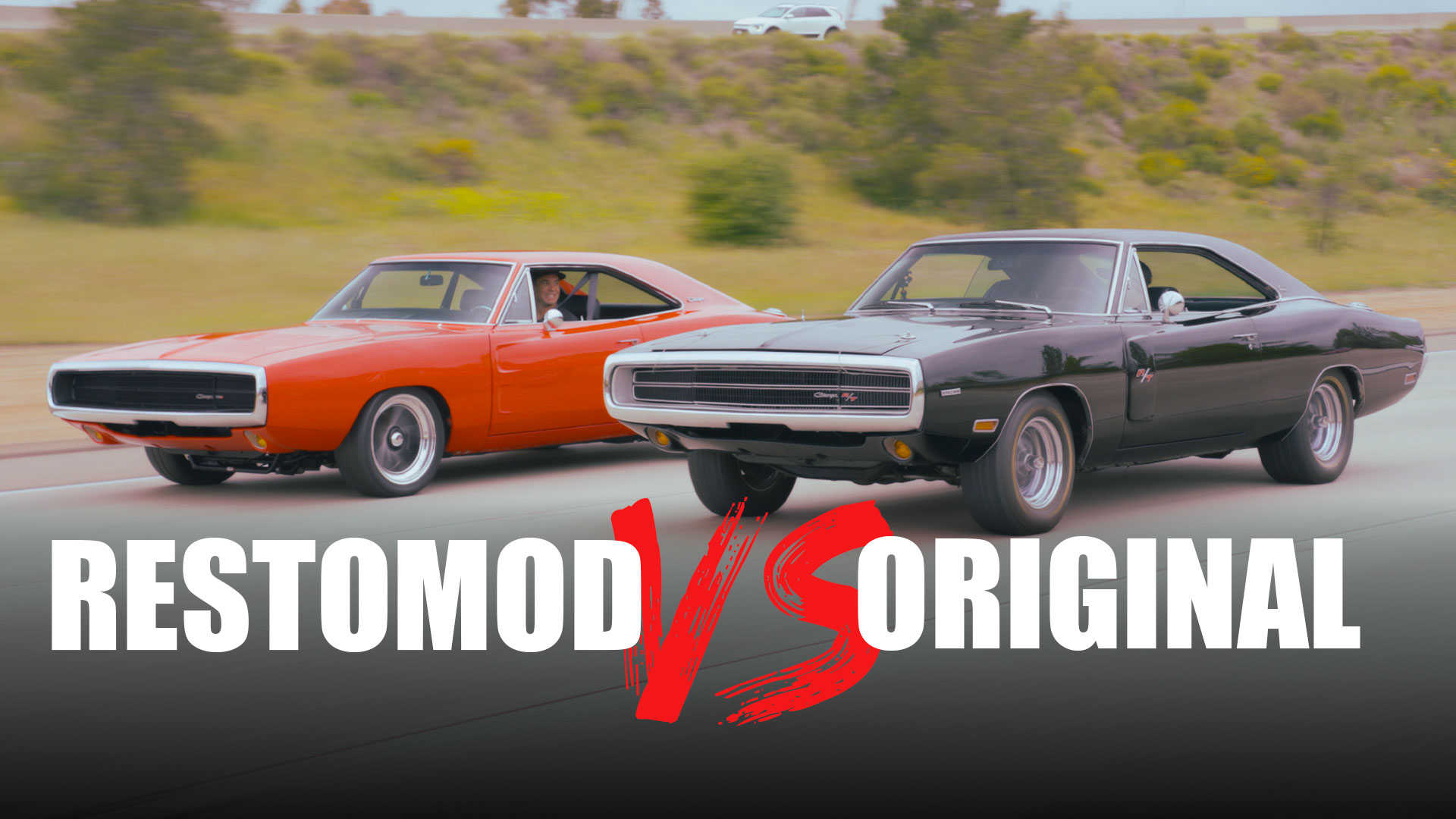
6 Things to Consider: Keep Your Classic Muscle Car Original or RestoMod it?
October 15, 2025When tackling the big question that has become a debate on the internet: Is it better to keep your classic muscle car original or turn…Read more -
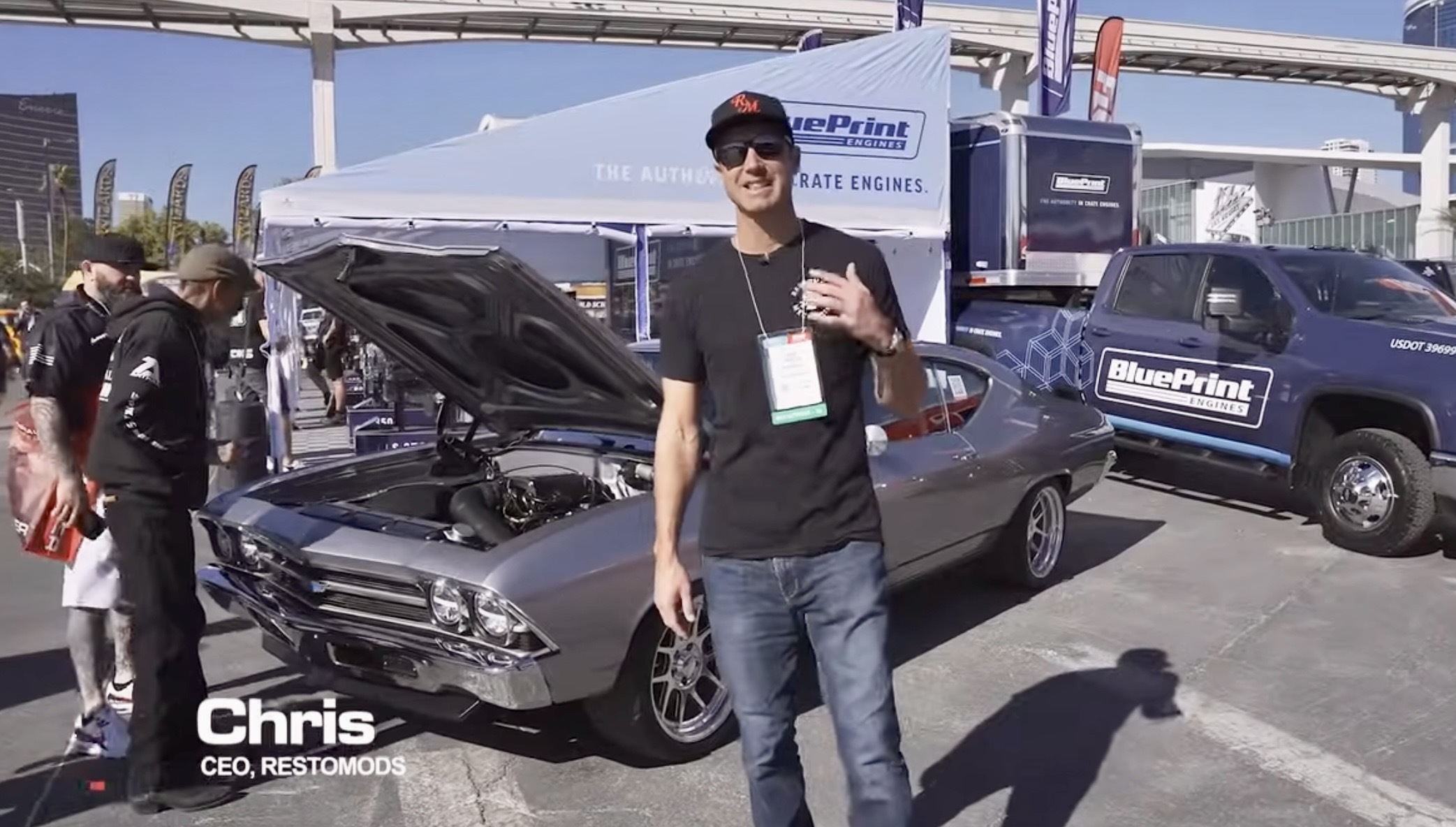
RestoMods Will Be At SEMA Show 2025
October 13, 2025SEMA Show 2025 is coming this November, and with it a bunch of exciting news. The last time we brought a showstopping RestoMod build out…Read more
Become a Car Club Member
Car Club Members Get Entries to Win, Discounts in our Shop, Discounts with our Preferred Partners and more!
Membership benefits
By joining the RestoMods Car Club Today, you will receive amazing perks plus 15 bonus entries into our sweepstakes for every month you are an active member
-
Auto Discounts:Curated Discounts From Your Favorite Parts Companies
-
Restomods Monthly:Monthly Magazine With The Latest Industry News
-
Classified Ads:Get Free Postings seen by 300,000 enthusiasts monthly
-
Car Show Tickets:Check out the biggest vintage car shows on us.
-
Exclusive Car Deals:First chance to purchase any prize cars not selected






Restomods on Instagram
Follow us on Instagram and other networks











